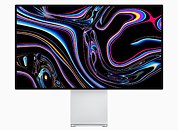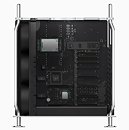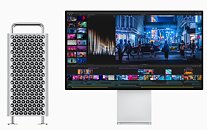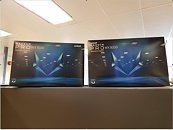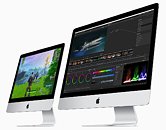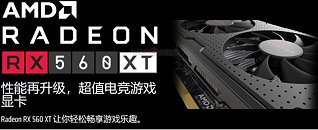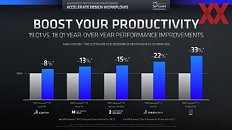
Apple Announces Groundbreaking Mac Pro and Pro Display XDR
Apple today introduced the all-new Mac Pro, a completely redesigned, breakthrough workstation for pros who push the limits of what a Mac can do, and unveiled Apple Pro Display XDR, the world's best pro display. Designed for maximum performance, expansion and configurability, the all-new Mac Pro features workstation-class Xeon processors up to 28 cores, a high-performance memory system with a massive 1.5TB capacity, eight PCIe expansion slots and a graphics architecture featuring the world's most powerful graphics card. It also introduces Apple Afterburner, a game-changing accelerator card that enables playback of three streams of 8K ProRes RAW video simultaneously.
Pro Display XDR features a massive 32-inch Retina 6K display with gorgeous P3 wide and 10-bit color, an extreme 1,600 nits of peak brightness, an incredible 1,000,000:1 contrast ratio and a superwide viewing angle, all at a breakthrough price point. Together, the new Mac Pro and Pro Display XDR are the most powerful tools Apple has ever put in the hands of pro customers and will change pro workflows forever.
Pro Display XDR features a massive 32-inch Retina 6K display with gorgeous P3 wide and 10-bit color, an extreme 1,600 nits of peak brightness, an incredible 1,000,000:1 contrast ratio and a superwide viewing angle, all at a breakthrough price point. Together, the new Mac Pro and Pro Display XDR are the most powerful tools Apple has ever put in the hands of pro customers and will change pro workflows forever.

